
Join 10k+ people to get notified about new posts, news and tips.
Do not worry we don't spam!
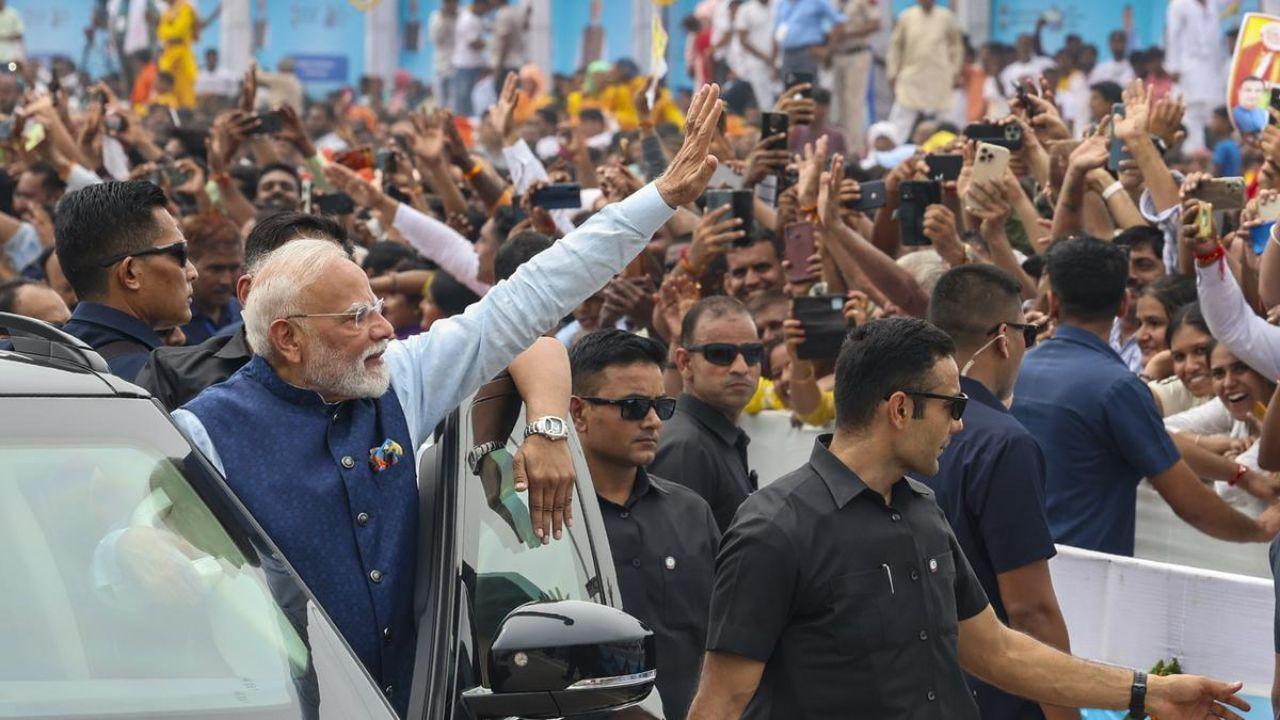
Post by : Jyoti Gupta
Photo:PTI
Prime Minister Narendra Modi on Sunday announced that the government is preparing to introduce a fresh set of reforms under the Goods and Services Tax (GST) framework, aimed at reducing burdens and creating new opportunities for ordinary citizens, small traders, and entrepreneurs. The announcement was made while inaugurating two key highway projects in the national capital region — the Delhi section of the Dwarka Expressway and the Urban Extension Road-II.
The Prime Minister said that these upcoming changes in the GST system will mark a “next-generation reform” and would be timed with the festival of Diwali. Describing it as a “double bonus” for the people, he stressed that reforms in India must always reflect the spirit of good governance, ensuring that economic growth directly benefits the common man.
GST Reforms — A Promise of Relief
The Goods and Services Tax, rolled out nationwide in July 2017, was one of the most significant tax reforms in India’s history. It replaced a complex system of central and state taxes with a single unified tax. While GST simplified many aspects of taxation, over the years concerns have been raised by traders, small businesses, and even middle-class households. Issues like multiple tax slabs, high compliance costs, frequent return filings, and confusion over input tax credits have made the system difficult for smaller players.
The Prime Minister acknowledged these challenges indirectly, noting that reform is not a one-time event but a continuous journey. “For us, reform signifies the advancement of good governance, which is why we place strong emphasis on continuous improvement,” he said. By announcing that “next-generation GST reforms” will be introduced this Diwali, he sent a clear message that the government is committed to making the system easier, fairer, and more supportive of growth.
Though specific details of the reforms were not revealed, government officials have hinted that they may include:
* Simplification of tax slabs: Currently, India’s GST has four main slabs (5%, 12%, 18%, 28%), which has often led to disputes and confusion. A reduction or merger of slabs could make the system smoother.
* Relief for essential goods: The government may cut tax rates on commonly used household items, directly benefiting poor and middle-class families.
* Easier compliance for small traders: Simplified filing systems, reduced paperwork, and easier digital processes could help small shopkeepers and entrepreneurs save both money and time.
* Boost for startups and MSMEs: Micro, small, and medium enterprises, as well as new-age startups, often struggle with compliance. Reforms could reduce compliance costs and encourage growth.
Linking Infrastructure With Tax Reforms
The timing of the announcement was significant. The Prime Minister was speaking at an event to inaugurate the Delhi section of the Dwarka Expressway and the Urban Extension Road-II, two major highway projects expected to ease traffic congestion, cut travel time, and improve overall connectivity in and around Delhi.
By announcing GST reforms alongside infrastructure development, the Prime Minister highlighted a larger theme: both improved roads and simplified taxes are tools of nation-building. Highways connect people and regions, while tax reforms connect markets and businesses. Together, they create an ecosystem where trade, mobility, and governance support each other.
He emphasized that such projects are not just about construction or taxation — they are about improving daily life. Faster highways reduce fuel costs and stress for commuters, while a friendlier tax system reduces pressure on traders and families.
Diwali Timing and the “Double Bonus”
The Prime Minister deliberately connected the GST reforms with Diwali, India’s biggest festival, which is associated with prosperity, shopping, and trade. For families, any reduction in tax rates on essential goods or consumer products during Diwali will feel like direct financial relief. For traders, the festive season is the busiest time of the year, and easier compliance will allow them to focus on sales rather than paperwork.
This is what the Prime Minister referred to as the “double bonus” — celebration of the festival combined with economic relief. The move is also expected to encourage higher consumer spending, giving a boost to the economy during the festive season.
Political and Economic Messaging
The announcement carries both economic and political weight. On the economic side, it strengthens the government’s claim that reforms are ongoing, responsive to public needs, and aligned with India’s ambition of becoming a $5 trillion economy. On the political side, the announcement demonstrates attentiveness to middle-class concerns about inflation and taxation, while also signaling support for small traders and entrepreneurs — two groups seen as important voter bases.
Observers note that this announcement comes at a time when the government is also accelerating infrastructure projects, expanding welfare schemes, and focusing on job creation. Taken together, these efforts send a message that the government is working on multiple fronts — improving connectivity, simplifying governance, and reducing the burden on families and businesses.
Public Expectations
Across different sections of society, expectations are rising:
* Middle-class households hope for reduced taxes on groceries, household appliances, and utility items.
* Small traders and shopkeepers look forward to easier filing systems and fewer disputes with tax officials.
* Startups and entrepreneurs expect reduced compliance costs that can free up resources for innovation and expansion.
* Industry leaders are watching for measures that could improve India’s ease of doing business rankings globally.
The announcement has already created an air of anticipation, with many hoping that the reforms will finally address the “pain points” that have existed since the launch of GST eight years ago.
Experts Weigh In
Economists believe that simplifying GST slabs and easing compliance could have wide-ranging benefits. A single or fewer slab system, for instance, would reduce disputes over classification of goods. Lower rates on essential items could also help control inflation, which has been a persistent concern for households.
Tax experts suggest that reforms should focus on making digital systems more user-friendly. While GST filing is already online, many small businesses struggle with technical complexities. Simplified return forms, better helplines, and user-friendly portals could make a big difference.
Business associations have welcomed the Prime Minister’s announcement. They argue that GST reforms, if done correctly, could bring more informal businesses into the formal economy, boosting tax collection while also creating a level playing field.
A Step Toward Good Governance
The Prime Minister stressed that reforms should always reflect good governance, which he defined as systems that are transparent, efficient, and beneficial to the people. For him, GST reforms are not just about taxation, but about making governance citizen-friendly.
The inauguration of the highways and the promise of GST reforms together painted a picture of development that combines physical infrastructure with institutional improvements. The larger message was that India’s growth story must be inclusive, ensuring that ordinary citizens, traders, and entrepreneurs all feel the benefits of change.
As Diwali approaches, India will be watching closely for details of the “next-generation” GST reforms promised by the Prime Minister. The announcement has raised hopes of financial relief, smoother compliance, and stronger business confidence. At the same time, by linking the reforms to governance and infrastructure, the Prime Minister has underlined his government’s vision of progress as a continuous journey.
For now, the promise of a “double bonus” this festive season — celebration with family and relief from economic burdens — has given the public something to look forward to.
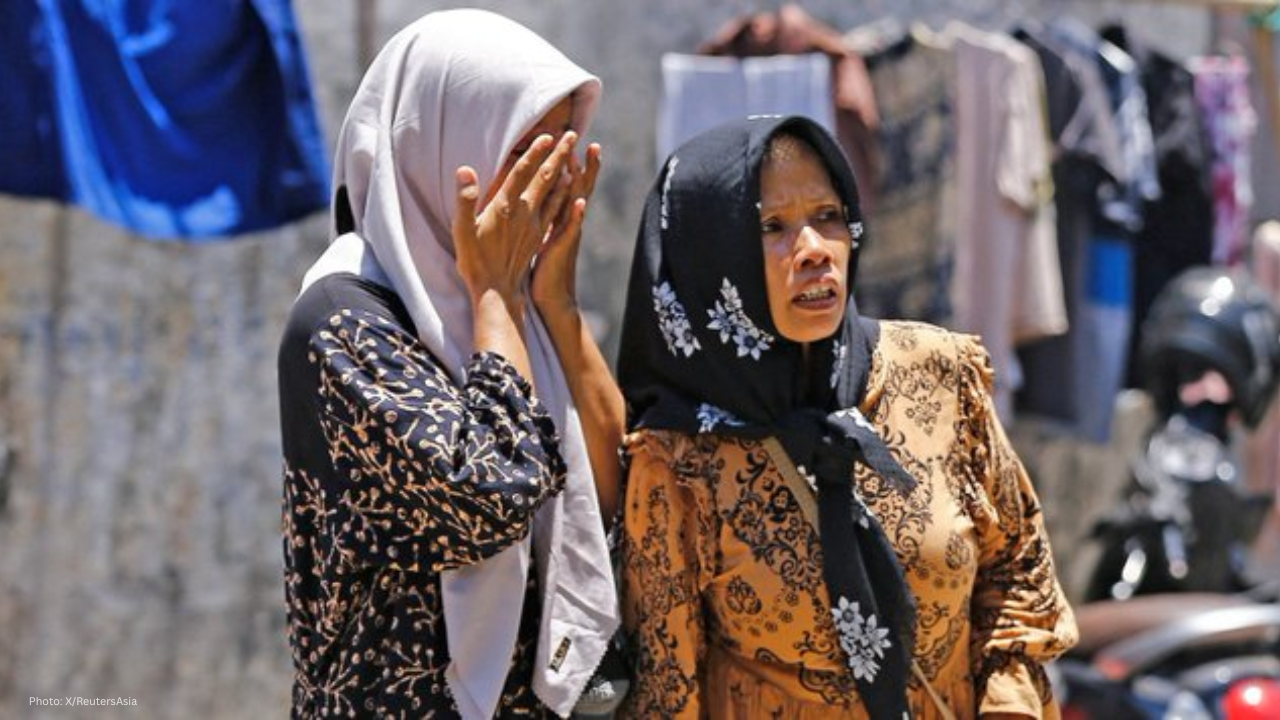
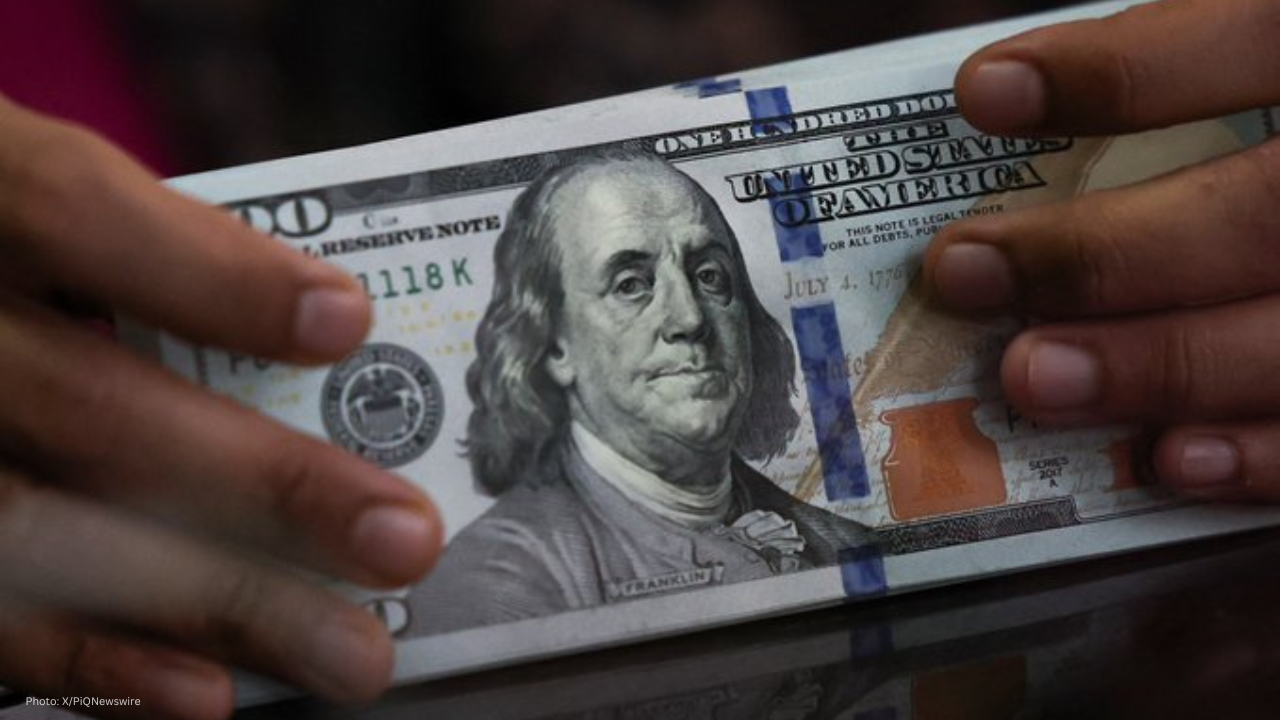
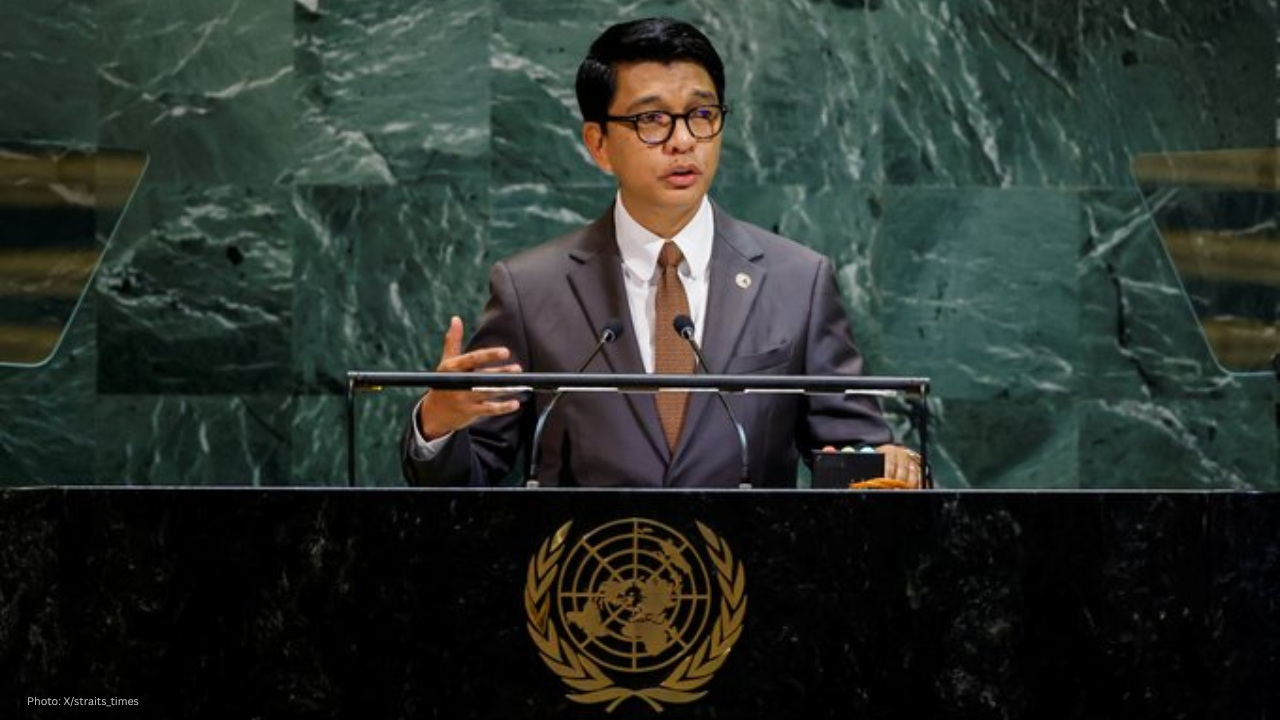
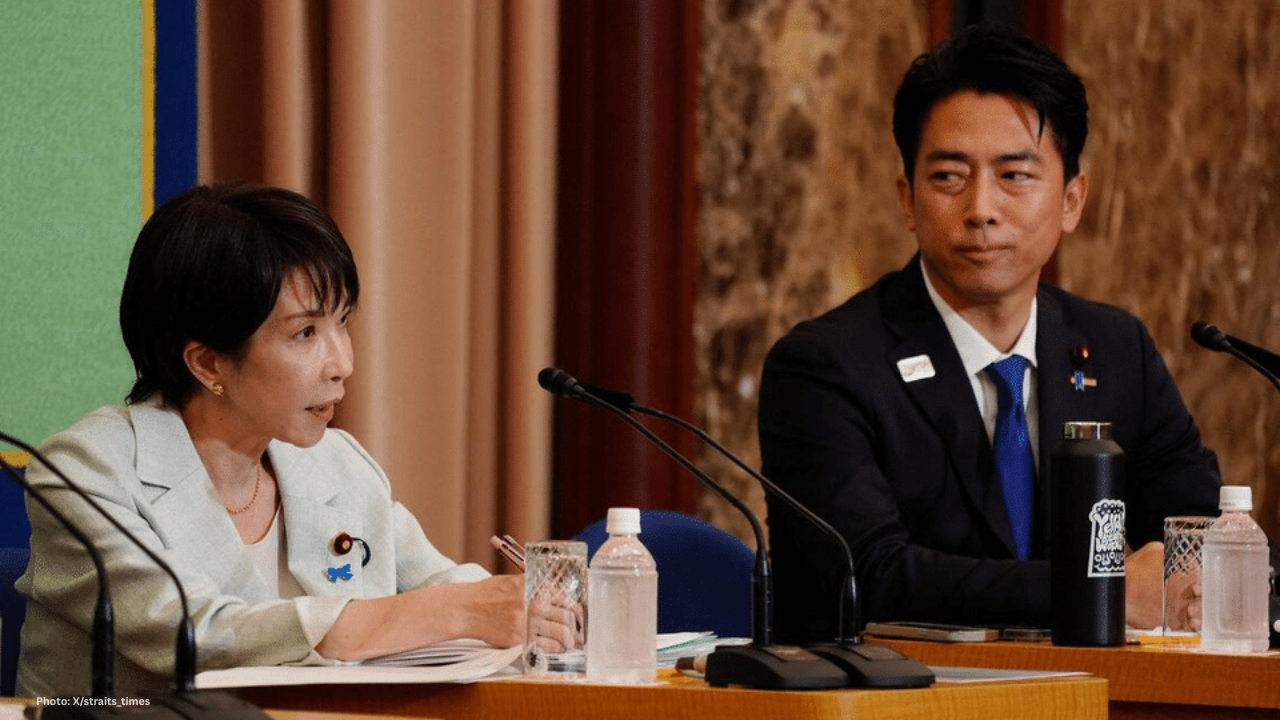

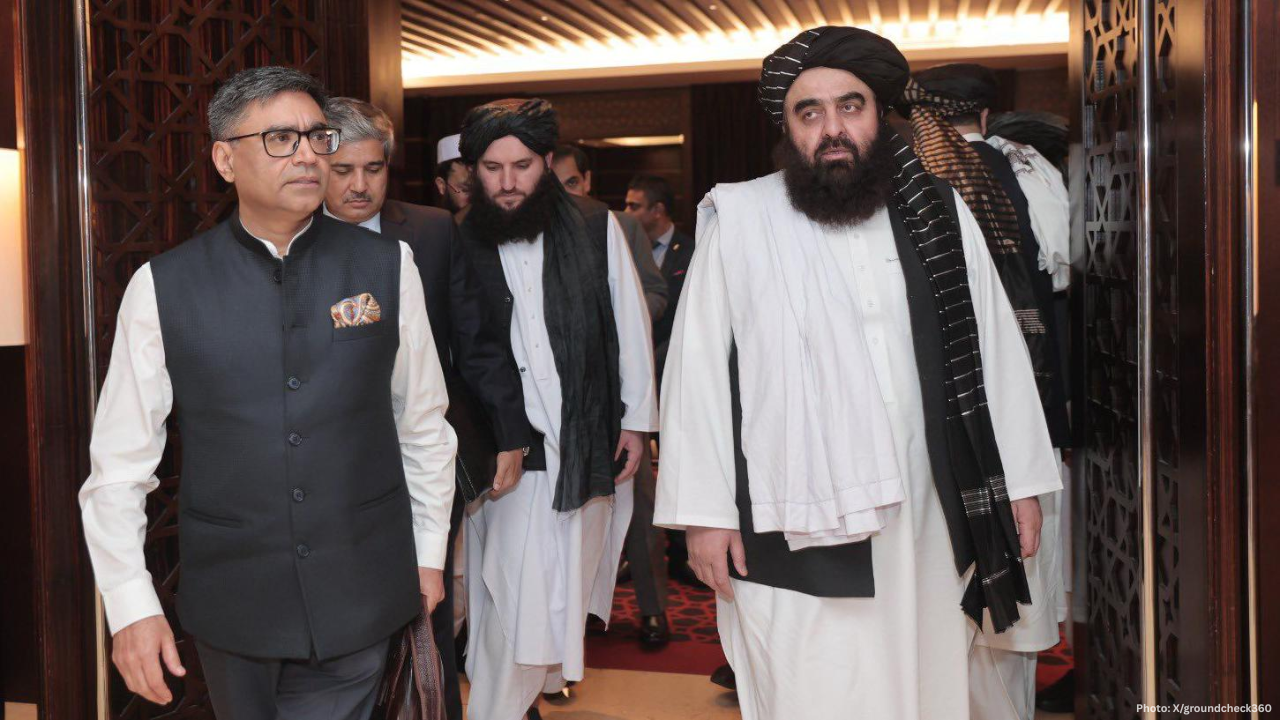
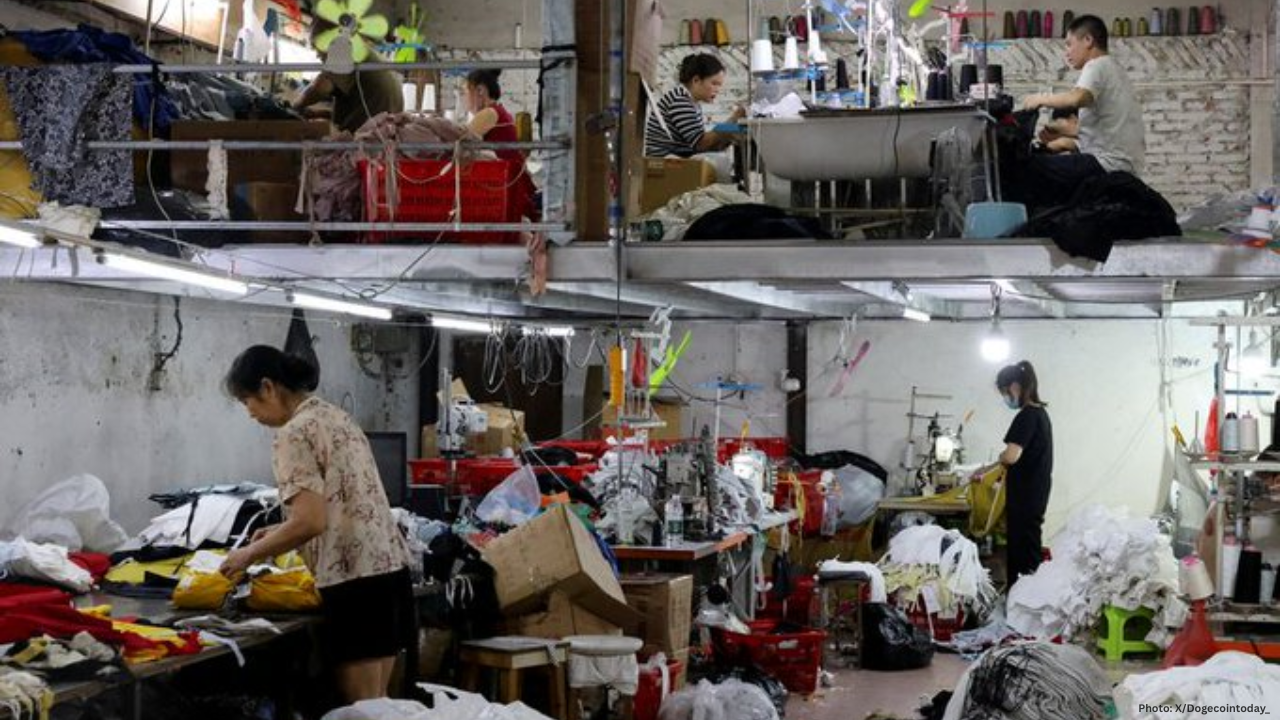
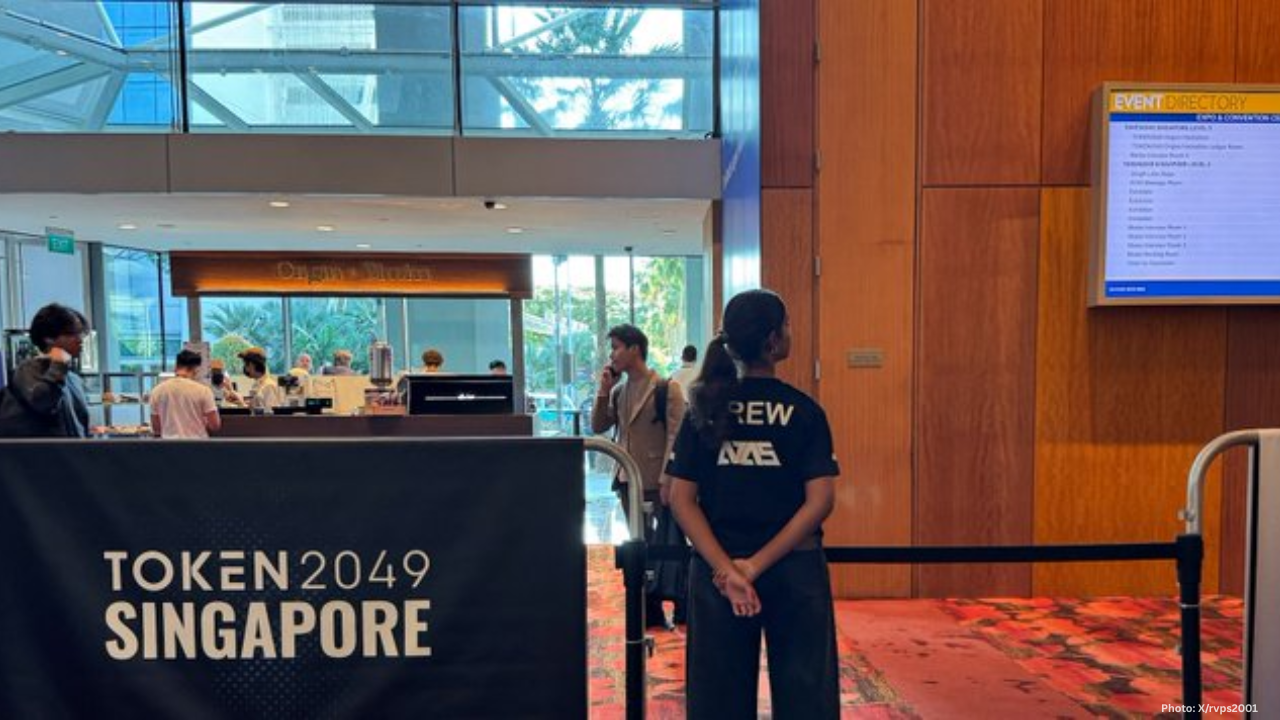
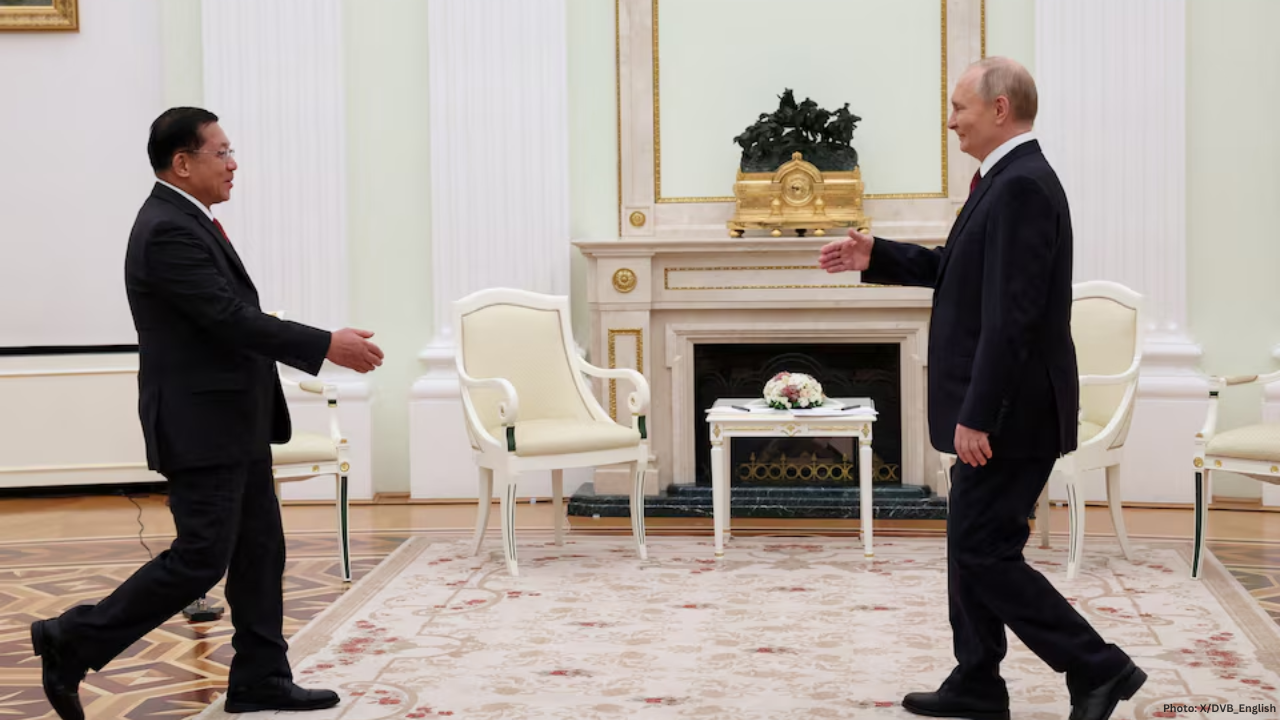

JioHotstar Launches ‘Pitch To Get Rich’ Reality Show for Fashion Startups
JioHotstar’s new show ‘Pitch To Get Rich’ features 14 fashion startups competing for Rs 40 crore fun

Kantara Chapter 1 Box Office Day 1 Rishab Shetty Film Hits ₹60 Cr
Rishab Shetty’s Kantara Chapter 1 collects ₹60 crore on Day 1, breaking records across India with hu
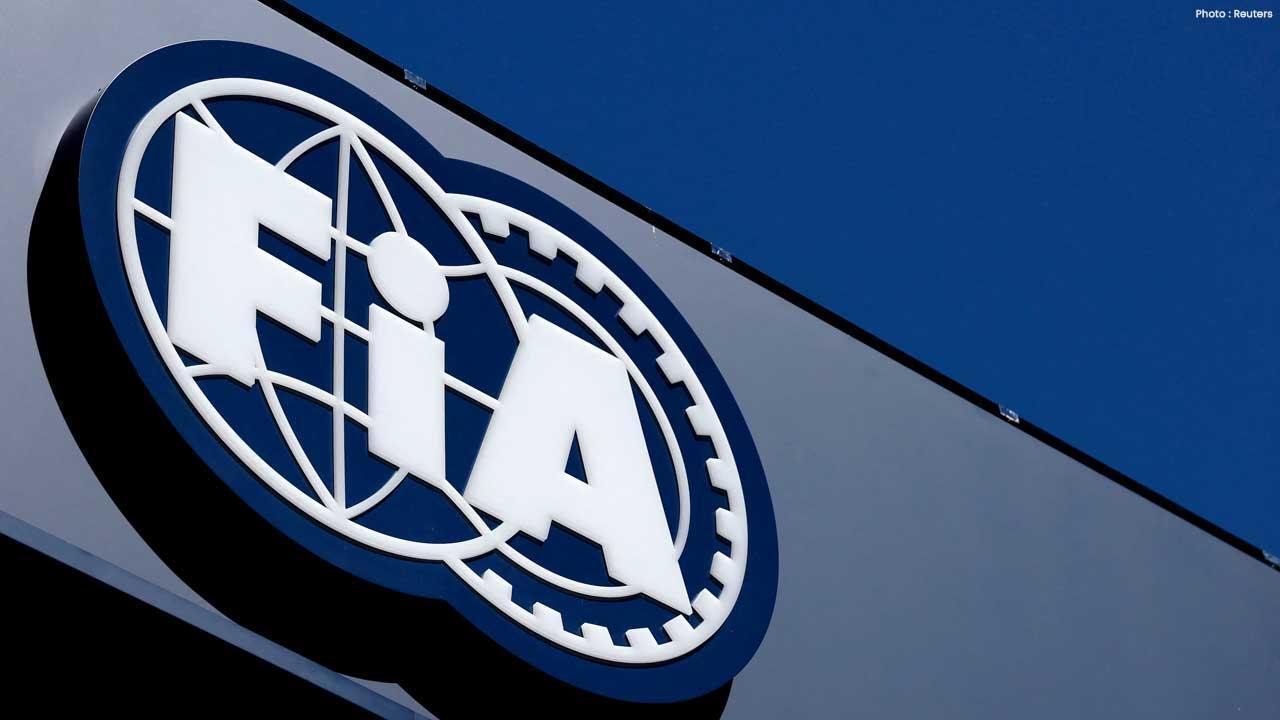
FIA Declares Heat Hazard for Singapore F1 Race Due to Extreme Heat
FIA applies heat hazard rule for Singapore Grand Prix as high heat and humidity challenge F1 drivers

Trapeze Artist Dies After Fall at German Circus Show
A 27-year-old trapeze artist died in Germany after falling during a circus show. The tragic accident

Dhanashree Verma Reveals Yuzvendra Chahal Cheated Early in Marriage
Dhanashree Verma opens up on her divorce from Yuzvendra Chahal, revealing he cheated within months o

Aishwarya Rai with Aaradhya Spotted in Paris Ahead of Fashion Show
Aishwarya Rai Bachchan and daughter Aaradhya spotted in Paris ahead of L'Oréal Paris Fashion Week, d